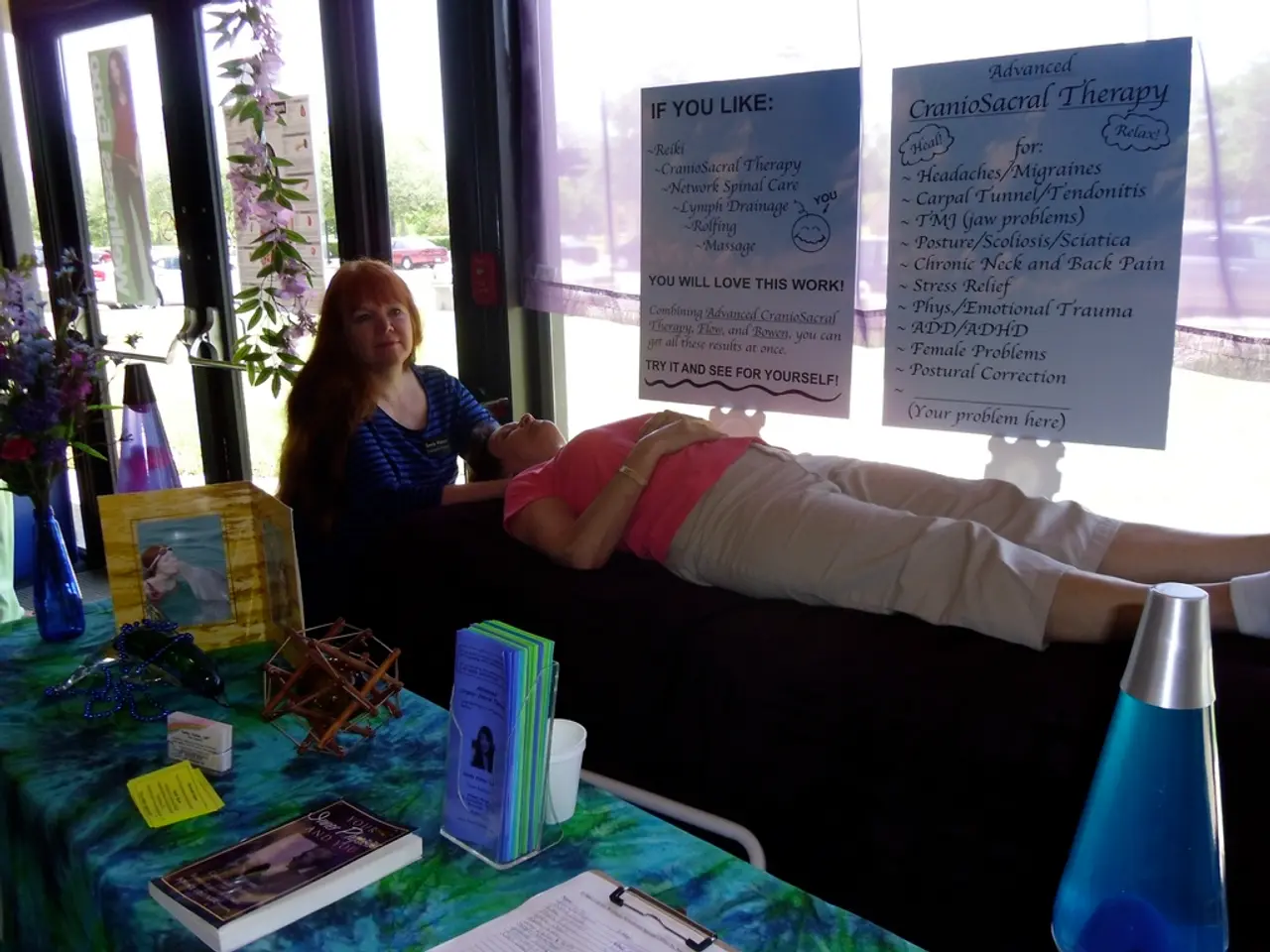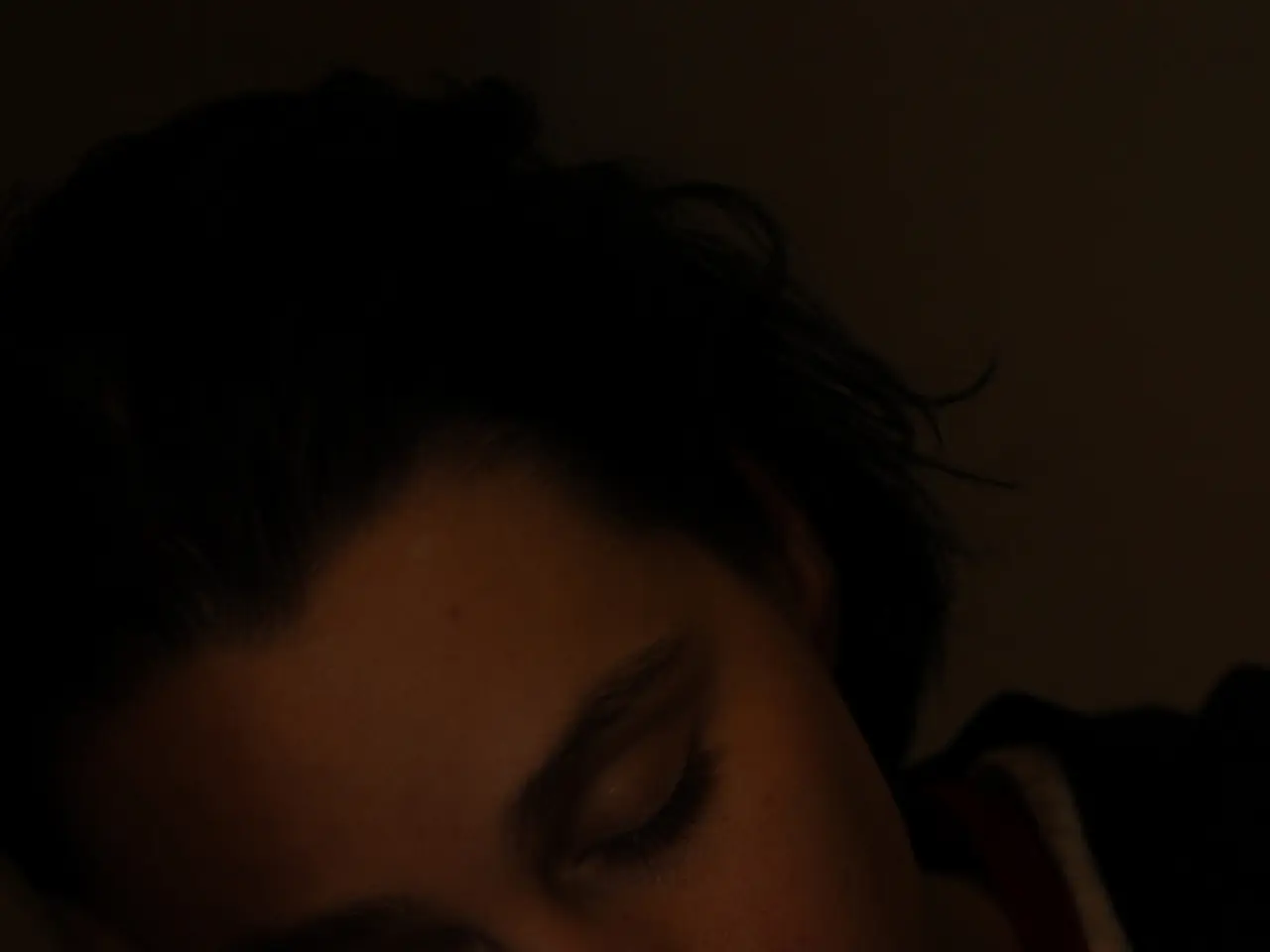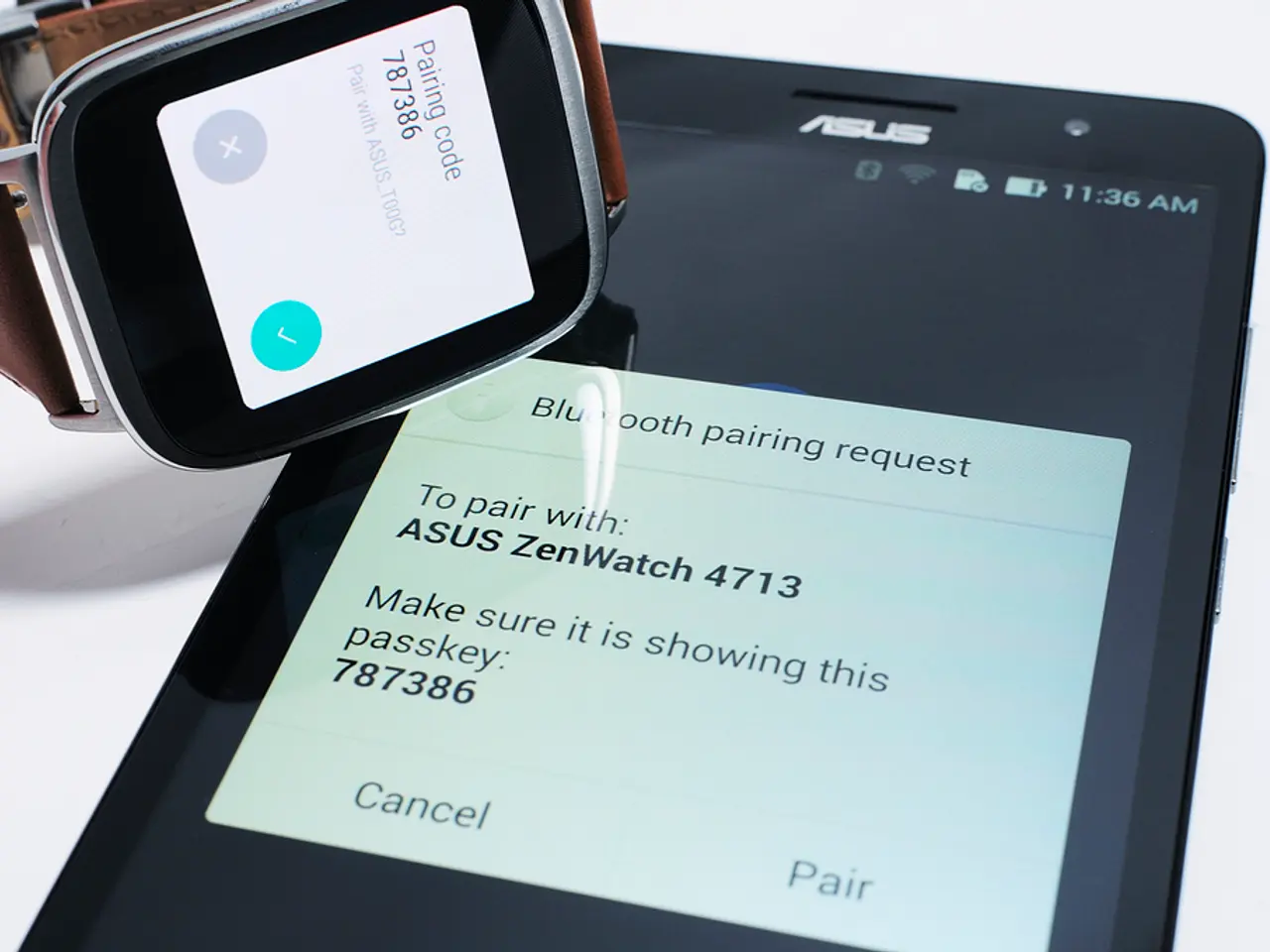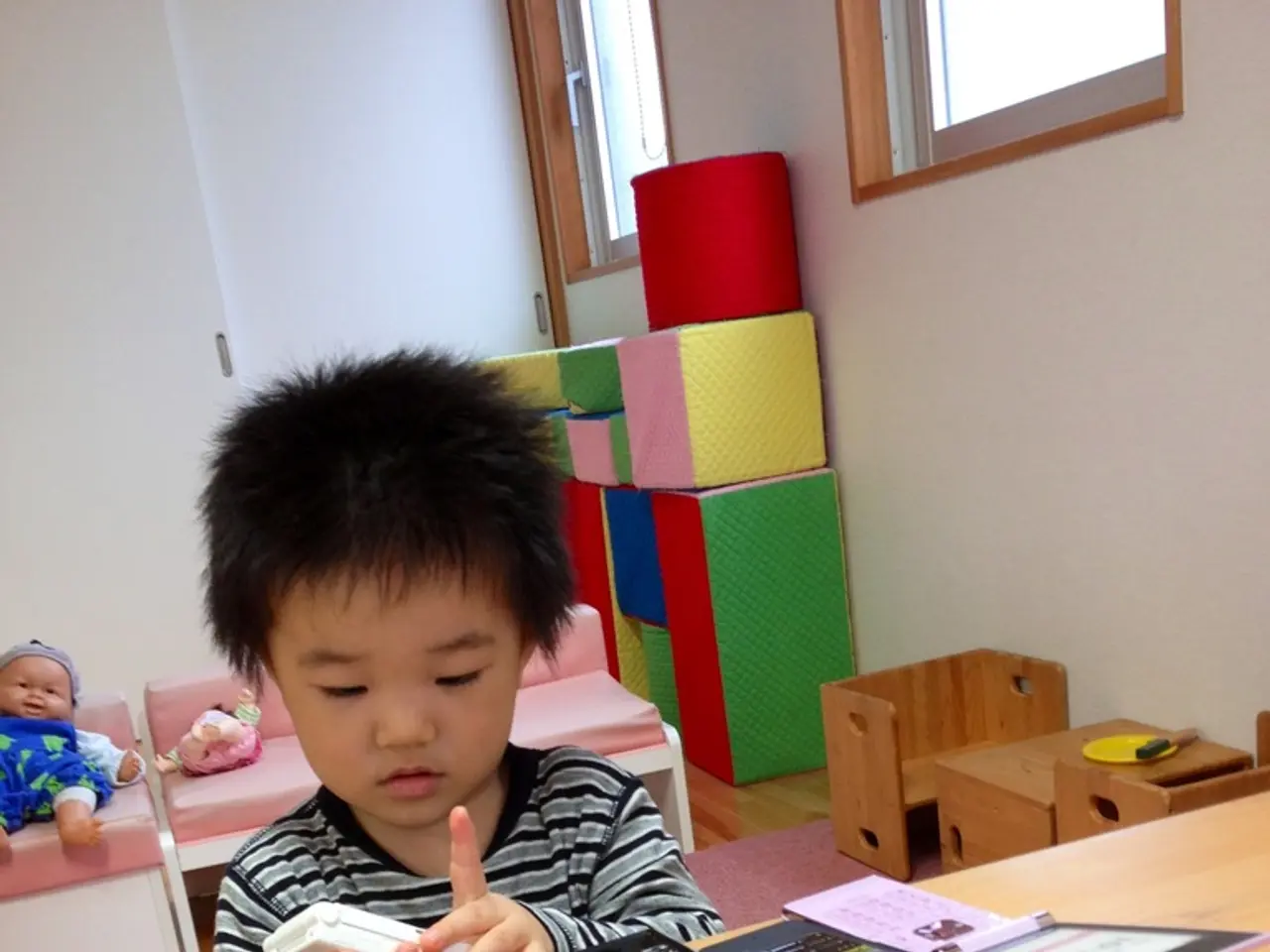Harnessing the Potential of Transcranial Magnetic Stimulation in Revolutionizing Depression Therapies
Transcranial Magnetic Stimulation (TMS) has emerged as a promising treatment option for various mental health conditions, demonstrating high success rates and a generally favorable side effect profile. This innovative therapy, approved by the FDA in 2008, has shown particular effectiveness in treating treatment-resistant depression but is also being applied to anxiety, Obsessive-Compulsive Disorder (OCD), and Post-Traumatic Stress Disorder (PTSD).
Success Rates by Condition
TMS has achieved impressive results in treating Treatment-Resistant Depression. Standard TMS remission rates are typically around 50-60%, with some accelerated protocols reporting up to 79% remission within one month post-treatment. Large studies indicate that over 70% of patients show significant symptom reduction following TMS for treatment-resistant depression. Compared to much lower success rates with pharmacotherapy, about 50% achieve complete remission after a full course.
While less extensively quantified than depression, TMS has shown beneficial effects for Anxiety Disorders, often as a comorbid symptom with depression or as a primary target in specialized protocols.
In the case of Obsessive-Compulsive Disorder (OCD), TMS demonstrates promising outcomes with success rates near those seen in depression (around 70% efficacy reported in some clinical settings). Insurance coverage is increasingly available for OCD treatment with TMS, reflecting its growing acceptance.
For Post-Traumatic Stress Disorder (PTSD), evidence suggests that TMS, especially when combined with trauma-focused psychotherapy, results in better symptom reduction than either treatment alone. It potentially enhances neuroplasticity, making the brain more receptive to combined treatments.
Common Side Effects
TMS is considered safe and well-tolerated, with generally mild and transient side effects. Physical sensations such as scalp discomfort or mild headache during or after sessions are common. However, no systemic side effects typically associated with medications (e.g., no sedation, weight gain, or sexual dysfunction) are observed. Furthermore, no anesthesia or systemic medications are required, resulting in zero downtime for patients. Pediatric patients (12+) tolerate TMS as well as adults without increased side effects, and seizures are extremely uncommon when safety protocols are followed.
Summary
| Condition | Success Rate | Notes on Efficacy | |----------------------------|---------------------------------|--------------------------------------------------------------------------------------------------------| | Treatment-Resistant Depression | 50-79% remission | Highest remission rates reported with accelerated/specialized protocols like SAINT[1][3]. | | Anxiety | Positive but less quantified | Often treated alongside depression; benefits from personalized protocols[4]. | | OCD | ~70% efficacy | FDA approved; insurance coverage expanding; comparable success to depression treatments[2][4]. | | PTSD | Enhanced effect when combined | TMS boosts psychotherapy effectiveness, leveraging neuroplasticity[3]. |
In conclusion, TMS offers a non-invasive, medication-free alternative with high success rates and a low side effect profile, particularly effective in treatment-resistant depression but increasingly applied in anxiety, OCD, and PTSD. TMS clinicians prioritize each patient's comfort during treatment, and sessions last about 20-30 minutes, do not require anesthesia, and are typically performed five days a week for four to six weeks. TMS therapy is an innovative treatment for people struggling with depression or other mental health conditions.
[1] George MS, et al. (2019). A Randomized Controlled Trial of Accelerated vs Standard Repetitive Transcranial Magnetic Stimulation for Treatment-Resistant Depression. Journal of Clinical Psychiatry.
[2] Aaronson ST, et al. (2010). The Stanford Accelerated Intensive Neuromodulation Therapy (SAINT) for Treatment-Resistant Major Depression: A Randomized Controlled Trial. Biological Psychiatry.
[3] Pascual-Leone A, et al. (2006). Repetitive Transcranial Magnetic Stimulation for Depression: A Review of the Evidence. CNS Spectrums.
[4] Aaronson ST, et al. (2016). A Randomized Controlled Trial of Repetitive Transcranial Magnetic Stimulation for Obsessive-Compulsive Disorder. Journal of Clinical Psychiatry.
- The innovative therapy, Transcranial Magnetic Stimulation (TMS), has shown significant success in treating Treatment-Resistant Depression, with remission rates ranging from 50-79%, higher than the success rate with pharmacotherapy.
- TMS has also demonstrated positive effects for Anxiety, although the efficacy is less extensively quantified compared to depression, and benefits seem to come from personalized protocols.
- In the case of Obsessive-Compulsive Disorder (OCD), TMS exhibits promising outcomes with success rates near those seen in depression treatment, with reported efficacy of around 70% in some clinical settings, and insurance coverage becoming more available.
- For Post-Traumatic Stress Disorder (PTSD), TMS, when combined with trauma-focused psychotherapy, shows better symptom reduction than either treatment alone, potentially enhancing neuroplasticity to make the brain more receptive to combined treatments.




